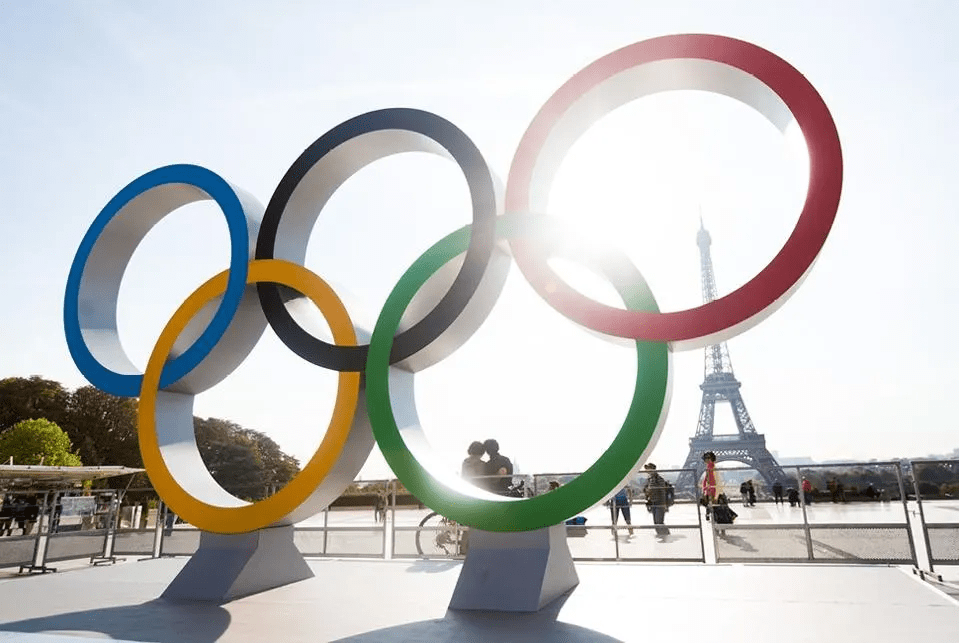We take a deep dive with Swimming Australia’s general manager of performance and the Olympic campaign, to understand our competitive advantage at Paris 2024.
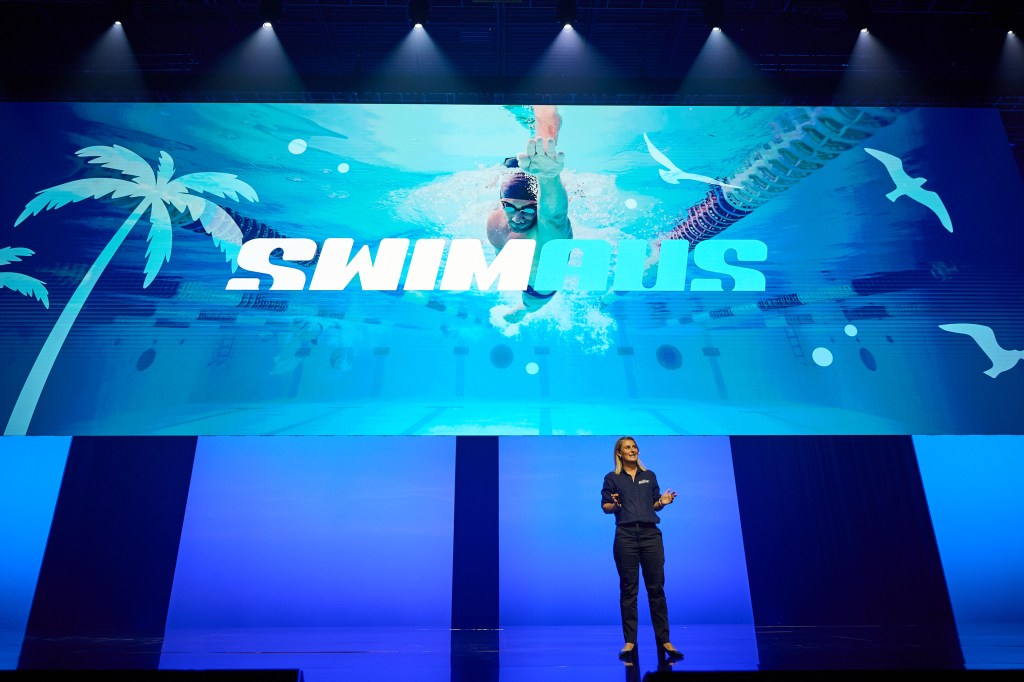
Australian athletes have won 167 gold medals since the Summer Olympic Games began in 1896. 69 of those came from the pool. Our success in swimming goes all the way back to 1912, when Sarah Durack won the 100m freestyle at the Stockholm games. It was the first time a female Australian athlete had been awarded gold. The runner-up in the race was an Aussie too.
112 years later, we are still breaking records in the pool. In 2020, swimmer Emma McKeon became our most decorated Olympian of all time. Woolongong-born McKeon has finished on the podium 11 times, taking home gold on 5 occasions. Her gold medal haul is only matched by Ian Thorpe aka ‘Thorpey,’ who was named Young Australian of the Year in 2000.
Clearly, swimming is a sporting lane in which we excel. With the Paris Olympic games just 3 months away, Forbes Australia sat down with Jessica Corones, Swimming Australia’s general manager of performance and the Olympic campaign, to find out why.
“Australia has always been at the forefront of sports science,” says Corones at Sydney’s International Convention Centre.
“Why we bat above our average against these bigger nations, is our ability to take the technology and apply it. There’s some fantastic research that comes out of all of these other countries. But applying it to the human – having the coach understand the research and utilise the technology in coaching – that impacts performance outcomes.”
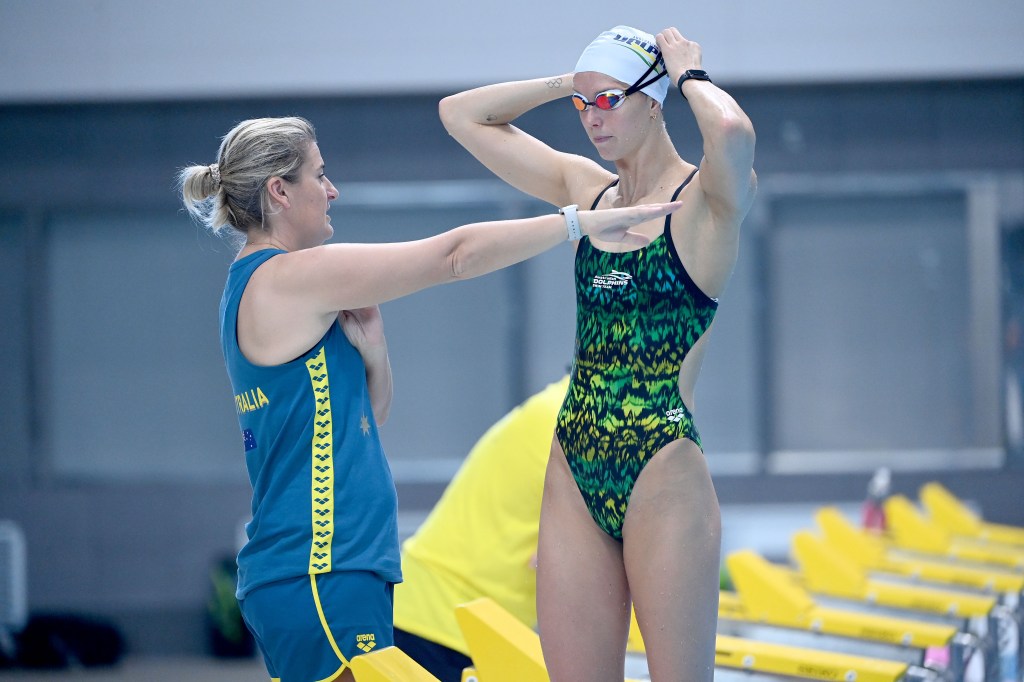
The Sydney-born performance scientist joined Swimming Australia in 2012. Corones received the AIS Award for Leadership this year. A part of her leadership journey has been innovating the technology that swimmers use on race days. Australia was the first country in the world to use cameras to extract data from the pool.
“We developed the very first race analysis system,” says Corones. The technology that the AIS created for swimming in the 90s has come a long way since.
“We use custom-built software that uses machine learning and computer vision. Instead of just tracking one Australian swimmer, we can track all the swimmers in the pool. So we now have this huge amount of knowledge and understanding – not just about how our swimmers are going. But how the event is developing, and what trends are happening internationally in different swimming events.”
Corones says the first race analysis system consisted of a handheld camera and support staff making written annotations. Thirty years later, the cameras are 4K and the data is analysed by AI. That wouldn’t have been possible without technology partners, Corones says.
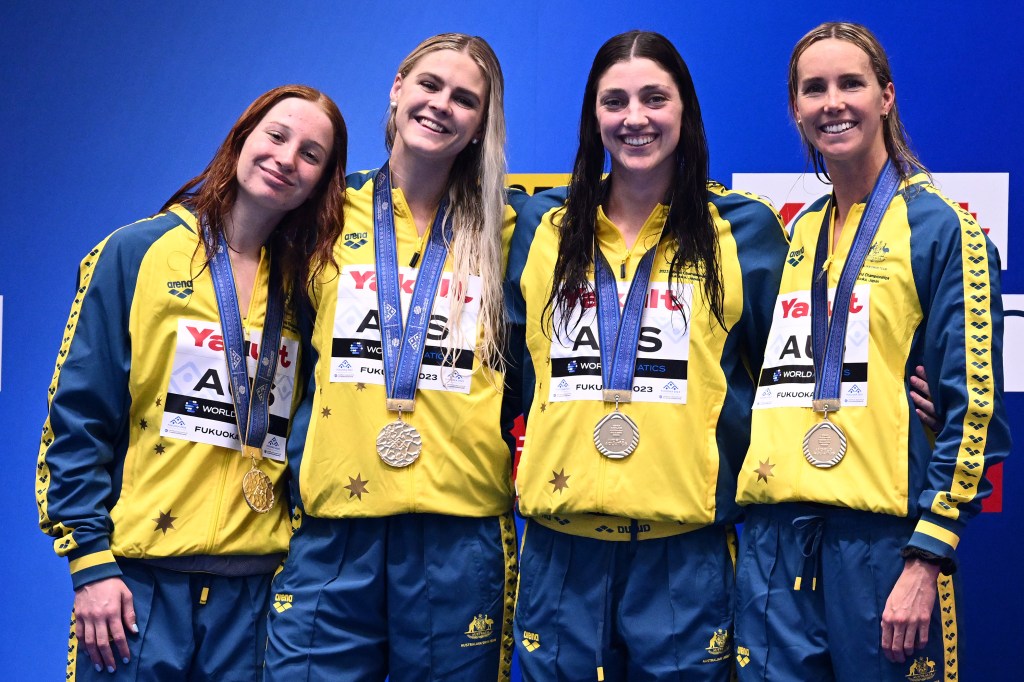
“Historically, technology in Olympic sports comes through a university, which has been really good. But, if we do it through research, a PhD can take six years. It can’t move at the cadence that high-performance sport moves.”
Around 2017, Corones and her team looked for a partner that could keep up with the pace that professional swimming in Australia moves.
“AWS has the ability to move at the cadence that high-performance sport moves. Some relay races can be point four of a second between first and fourth place. It is so tight in some of those relays. If you don’t have the strategy right, there’s not much difference between medaling, and not medaling.”
Swimming Australia partnered with Amazon Web Services (AWS) in 2018, to take the enormous amounts of performance data captured on cameras at competitions and analyse it to formulate strategy for the next race.

Corones says this is vitally important because decisions about which athlete will compete in a competition are made just hours before the race. Having accurate data is essential to determining which athlete or athletes, in the case of relay races, have the best chance of winning.
Speed is the name of the game
Swimming Australia partnered with AWS again in 2019, to develop a ‘Relay app’ to provide coaches with data to make informed decisions about what order the athletes should be placed in for relay races.
“You might have the four best swimmers, but not have the right strategy to help them get across the line. The relay app enables us to support our swimmers to win against the best teams in the world. What we’ve seen since using the app is much more consistency and sustained success in the results,” says Corones.
The app uses machine learning models to quickly calculate which Australian athlete is best equipped to swim each leg of the relay.
“There’s a lot of strategy that comes into it. Do I put my fastest swimmer in second place? Third place or fourth? The relay app takes all that race analysis data and runs it through the model. It looks at all the Australian swimmers that are potentials for the relay. All the Americans, the Chinese, the Italians. Then it will say – this is what we think America is going to do, who they’re going to swim, what order, blah, blah, blah. And, this is what we think the Australian team should do.”
The quicker the data from a relay heat can be assessed, the quicker a coach can make a decision on which swimmer will be swimming next.
“The sooner they get the information, the sooner they can make the performance corrections or adjustments that they need to make, and the sooner our athletes can start to prepare for the next race,” says Corones.
Precise cameras can expedite that process, which is why 4K computer vision is being used at the Paris Olympics.
“We’re looking at a couple of new cameras,” says Corones. “We’re trialling a new camera at the moment, that we’ll use for our race analysis system, which should speed up those processes and turn that data and those data reports around faster.”
Amazon Q
AWS and Swimming Australia will also roll out brand-new technology at the Games, to make it as easy as possible for coaches to access the data they need.
“We’ll start using Amazon Q [which enables] the coaches to use natural language to ask ‘who had the fastest turn in the men’s 100-meter freestyle at the 2008 Olympics?'”
Rather than digging through an app to find the answer, a coach can ask Amazon Q to find the answer to their question. Corones says making sophisticated technology as easy for coaches to use as possible is crucial.
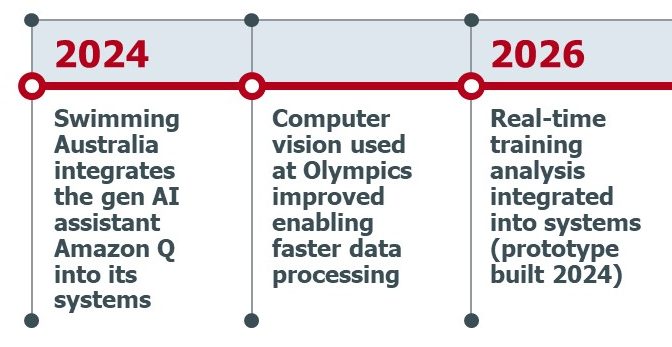
By 2028, Swimming Australia hopes to be using this technology not just in competition pools, but also in the many different pools that athletes train in.
“The big one that we’re hoping for before LA is to use computer vision, machine learning, and hopefully generative AI, to analyse in real-time what’s going on in the training pool. At the moment, we can’t do that in real-time. If we can give athletes real-time feedback, they can make faster technical changes and, hopefully, improve performance outcomes.”
A training pool is a complicated environment, Corones explains, because each swimmer in the pool is working on different things. One may be practising turns for a butterfly event, and in the next lane an athlete is practising their dive for a freestyle race. The analogy Corones uses is watching the floor of an Anytime Fitness gym, where each person is using different equipment, and training for different outcomes.
Having advanced technology that can simultaneously process data for all of the athletes in a training pool is a very complex task.
“Say the swimmer in lane one has just done a turn that turn was 7.2 seconds. Generative AI can go back through all the historical data and flag that’s the fastest turn that that athlete has ever done in training. Or maybe it would tell us, they are 7% below their best, which gives us a measure. Either there’s something technically wrong there with the turn or they’re fatigued. And so we know we need to make training adjustments,” says Corones.
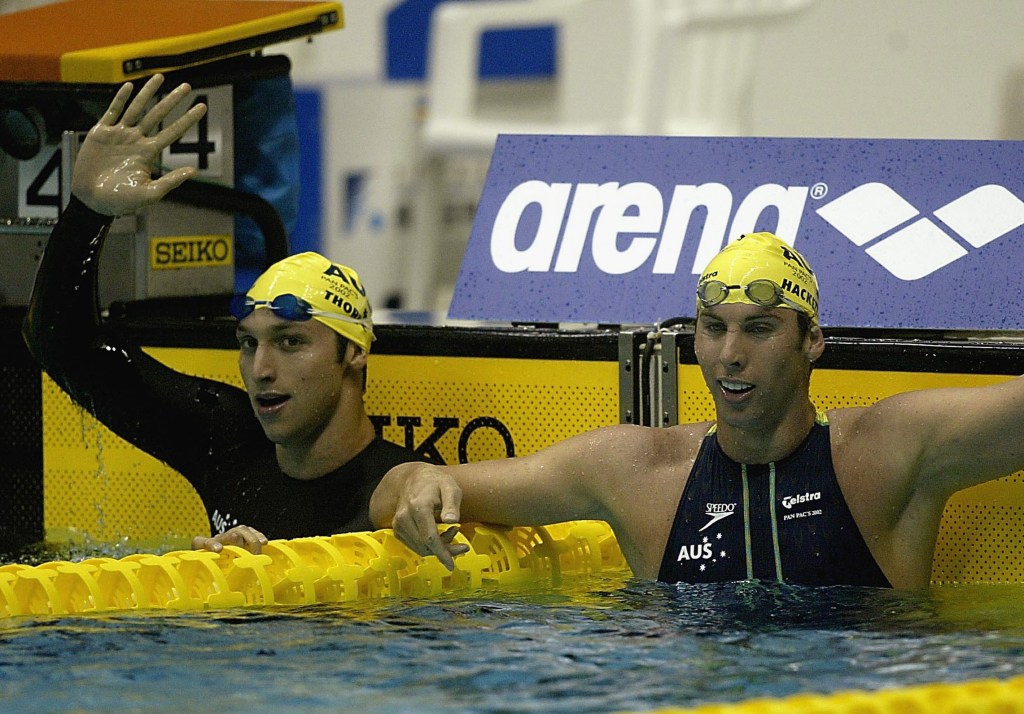
I ask the sports scientist what the solution to that complex problem is.
“We get very, very intelligent people at AWS that are way more intelligent than me,” she says with a laugh. “And they develop computer vision and machine learning AI to do that.”
Corones says that her performance team works with the AWS team in sprints – chunks of eight to 12 weeks at a time. It is the precision and speed that they can work at, that enables our athletes to maximize every micro-second in the pool.
“We couldn’t do it without AWS. That cadence that we’re working at puts us ahead of the rest of the world.”
Look back on the week that was with hand-picked articles from Australia and around the world. Sign up to the Forbes Australia newsletter here or become a member here.

